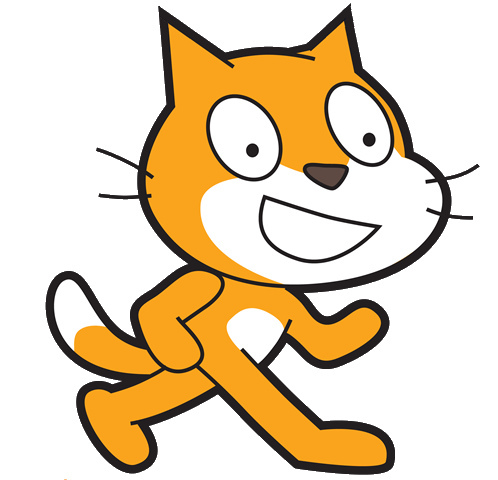 Allison Mishkin teaches at a game design camp for middle school students. Here she shares some of the lessons that she’s learned — and tries to impart — to her students during this week-long sessions.
Allison Mishkin teaches at a game design camp for middle school students. Here she shares some of the lessons that she’s learned — and tries to impart — to her students during this week-long sessions.
A group of students stumble into a computer lab on a bright spring day, unsure why their parents wanted them out of the house on their vacations. By the end of the day, they would emerge optimistic and excited for the week to come. After a lifetime of being told video games were for “relaxation” or a “waste of time,” they had finally met adults who understood: through the right lens, games can be both fun AND educational.
For six years, I’ve spent my summers and afternoons teaching students about game design. I teach kids why games are awesome, empowering them to creatively analyze and develop their own. When I work with students, I don’t need to equip them with technological skills, I need to give them passion; skills can come later. I want everyone to think critically about the power of video games, and to analyze them the same way they might examine a book or piece of art. In order to empower the students, we structured the camp around three rules of game design.
RULE 1: You can’t make games…unless you play games.
I hate to say this to the parents and teachers out there who say that nothing good can come out of time spent gaming — but a lot of good can come out of those experiences: good games. You can’t make a game until you play a game. And on the first day of our game design camp, we spent a lot of time playing both video and board games. From Go Fish to xBox Dance Central to Killer Bunnies to Scrabble (and even some educational ones thrown in there), we played a lot.
After each round, we would divide into small groups to discuss what we liked and didn’t like about the game. What engaged us? What bored us? Who was the intended audience? Why would someone have made that game in the first place? Not only did we demonstrate to the students that they had actually learned something from all of their hours spent gaming, we also led this discussion into our own taxonomy of game elements and what we personally like in a game.
RULE 2: It’s not all fun and games…sometimes you do have to learn.
We used basic game elements to talk philosophically with the campers about what makes a game. We taught them how game designers go about designing games and how stereotypical players examine games. (Now that they were on the road to becoming experts, they moved from designer into player). We tried to keep it brief, because no one wants to learn during camp. However, my counselors and I hoped to reinforce what the students had independently discussed. By showing how a host of academics had in fact agreed with some of the students’ findings, we encouraged them to think even more thoughtfully about the task at hand and to critically break apart all elements of a game when creating their own. One girl was particularly excited by this exercise. She began cataloging the elements of the game she had been working on and used that as an excuse to show off to her parents and friends that she was an “accredited” game designer.
Rule 3: If at first you don’t succeed…try again.
Next up…we took a stab at creating our games.We let the students get to work brainstorming and designing their own games. Like most academic exercises, we wanted to get the students used to iterating, critiquing and revising. However, since all parties were equally versed in the elements of a good game they could thoughtfully examine each others creations. Moreover, the experiences they’d had playing games as a group: whether it be laughing at the ridiculous descriptions on Killer Bunnies cards or chasing each other around the room in Freeze Tag helped them feel like a cohesive group in just a few days. During the critiques they were interested enough in pursuing a “longer term” friendship with one another that they thoughtfully reflected on all they had learned. Games were the perfect avenue to loosen our guard. In school, we’re always afraid to try academically or we know the expectations and over-compete. Here we were equal players and equally motivated. And by teaching students that some of the best games, like their recent favorite Draw Something, are in fact collaborative, we were able to work together to create some truly awesome games.
And finally, while I did not have time to give them the technical skills, all of my campers came up with some truly exciting games that I wish I were playing right now. I hope that the camp will motivate them to get these skills and enter their creations into next year’s STEM challenge. Then, I’ll be able to say I knew 2013’s winner back before they even started making games.
I’m going to be leading another camp in June that will help me realize my wish. By working with a computer science instructor, I am so excited to see what the campers create.
photo: from stemchallenge.org




